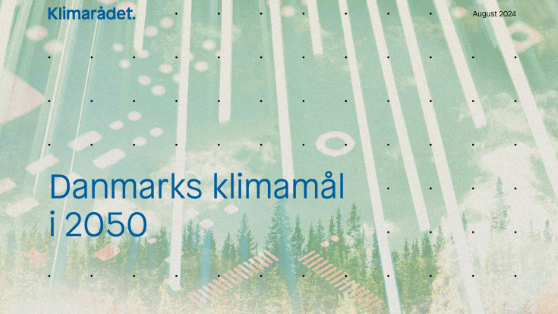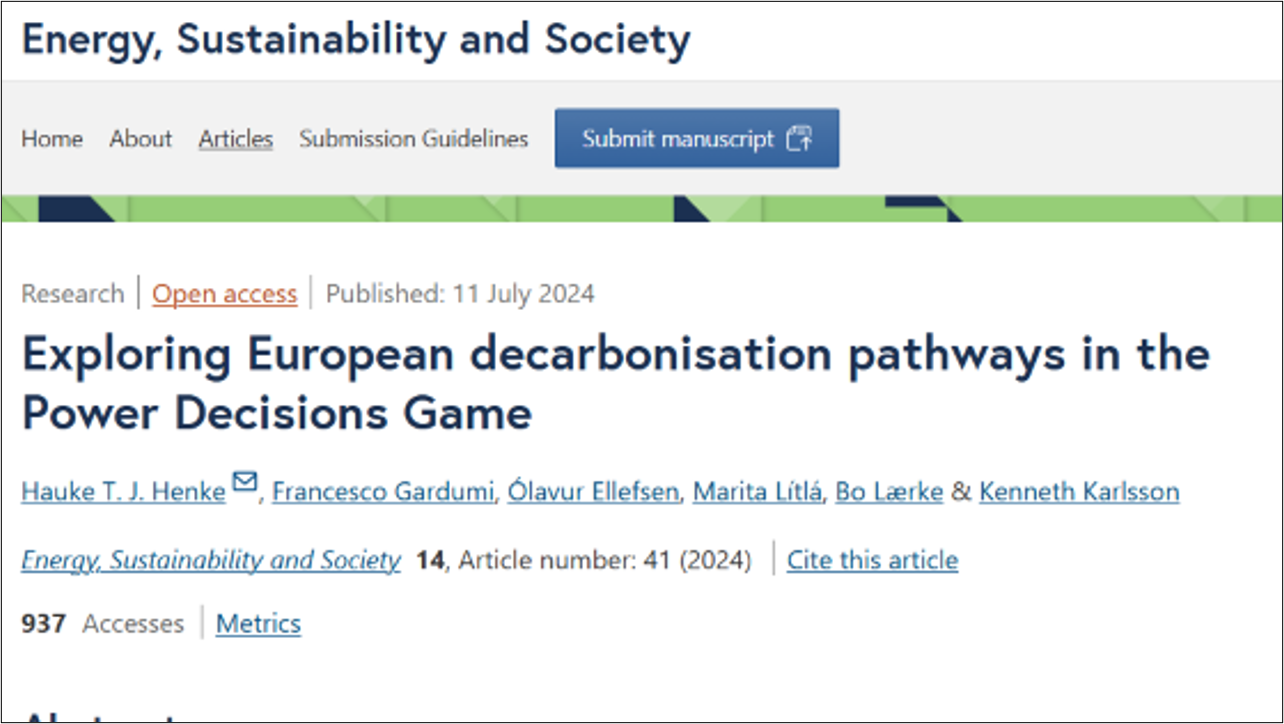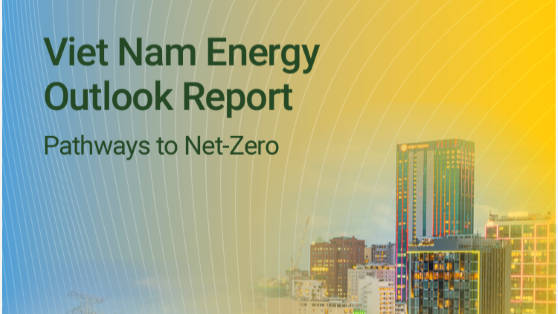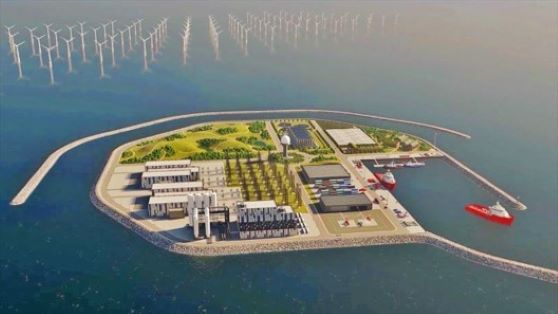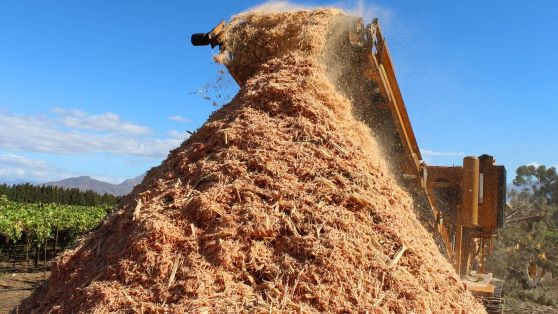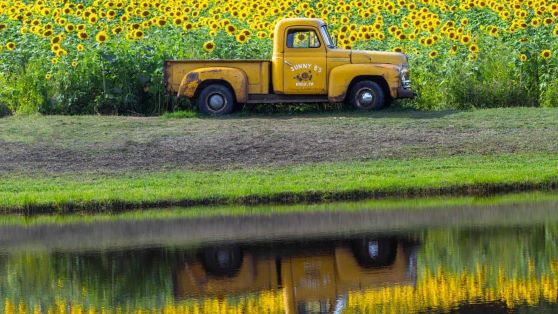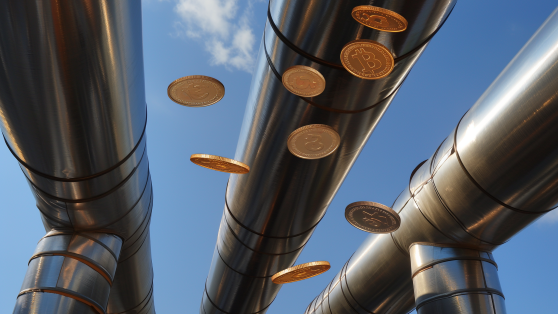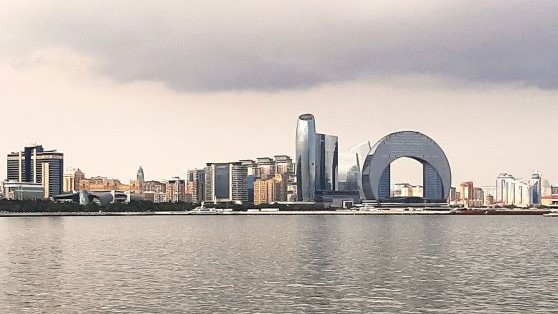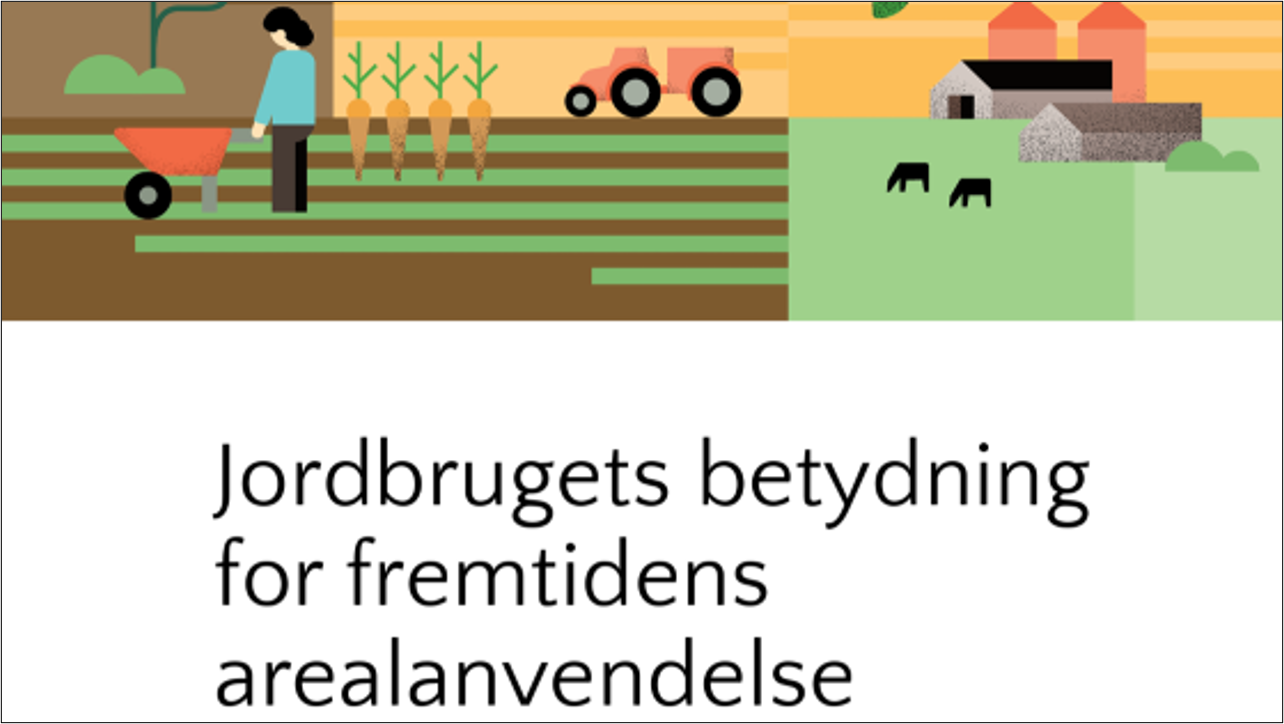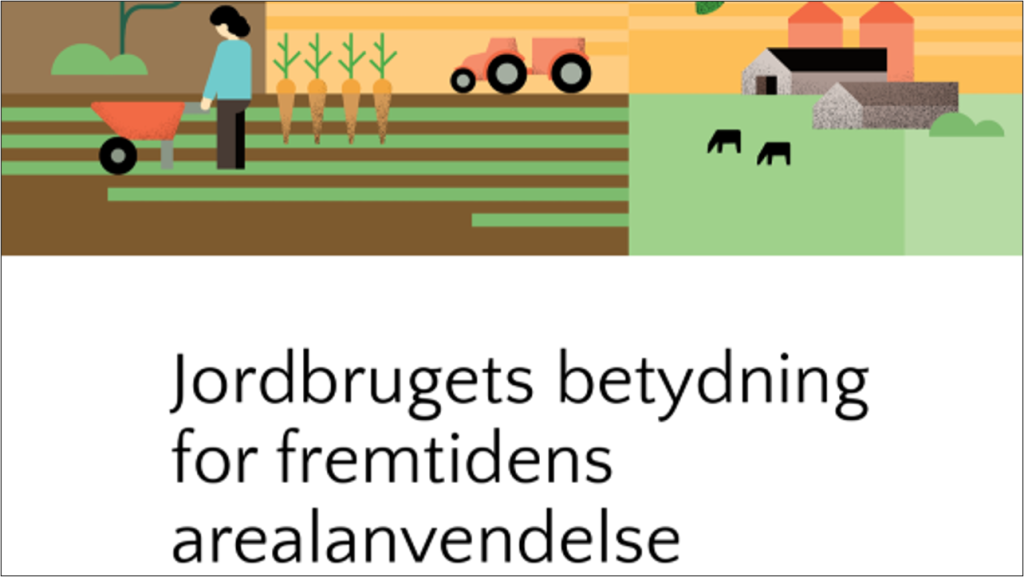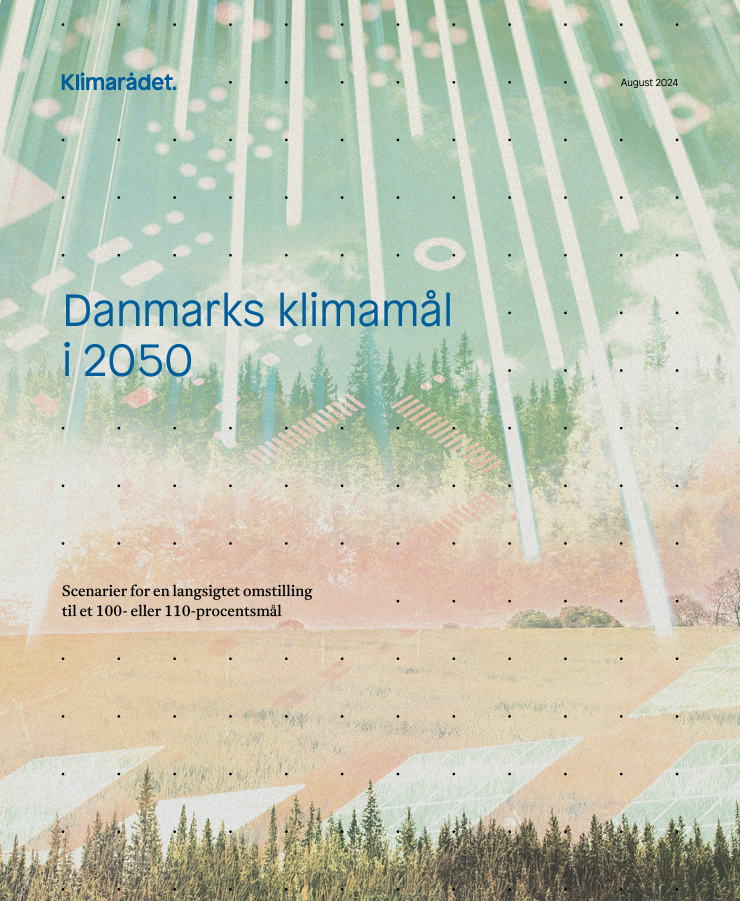
We have supported the Report, Denmark’s Climate Targets 2050, published by the Danish Climate Council in August 2024. The Report contains an analysis of four scenarios for the future of Denmark. The scenarios have been generated using the DK-BioRes model as one of the tools.
Energy Modelling Lab developed the DK-BioRes model in 2021 as a project under the Danish Energy Agency. We have updated the model and integrated new technologies. We have also built up the capacity of the experts of the Danish Climate Council to use the model.
Climate target 110 percent reduction
The analysis of the Report shows that there are different pathways towards reaching a climate target of 110 percent reduction of climate gasses. The analysis designates two strategies for implementing the transition. The designated strategies are intended to illustrate the possibilities and dilemmas of the transition. Subsequently, the analysis highlights the magnitude of the task of the green transition.
The DK-BioRes model enables scenario analyses, which show the impacts of various options for the production of biological resources and mitigation measures of greenhouse gas emissions from land, forests, and agriculture in Denmark. The model calculates in physical units, e.g. tonnes and PJ, while financial conditions are not included. The DK-BioRes model has a representation of Denmark’s entire area divided into agriculture, forest, wetlands, built-up areas, etc.
The report: Danmarks Klimamål 2050
Documentation Report 1 about scenarios, models, and assumptions
Documentation Report 2 about the DK-BioRes model
EML Project Supporting the Danish Climate Council
EML-team: Ida Græsted Jensen and Kenneth Karlsson

